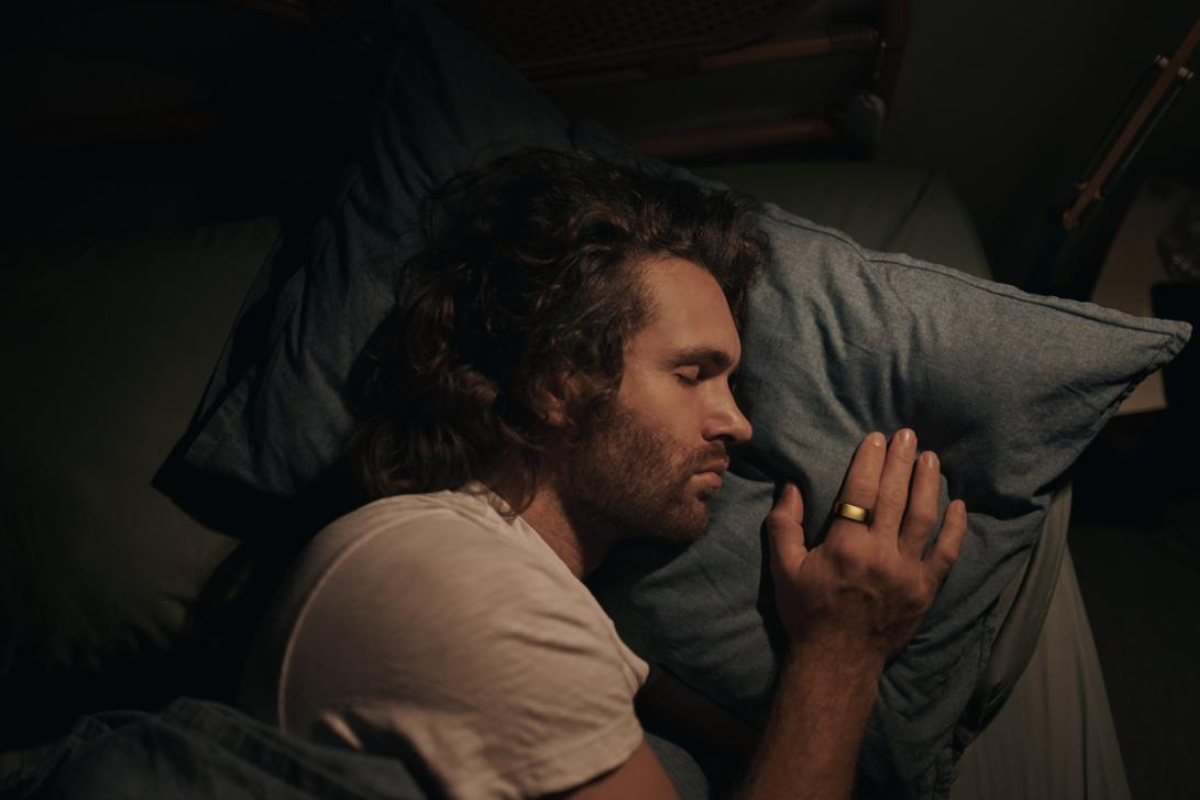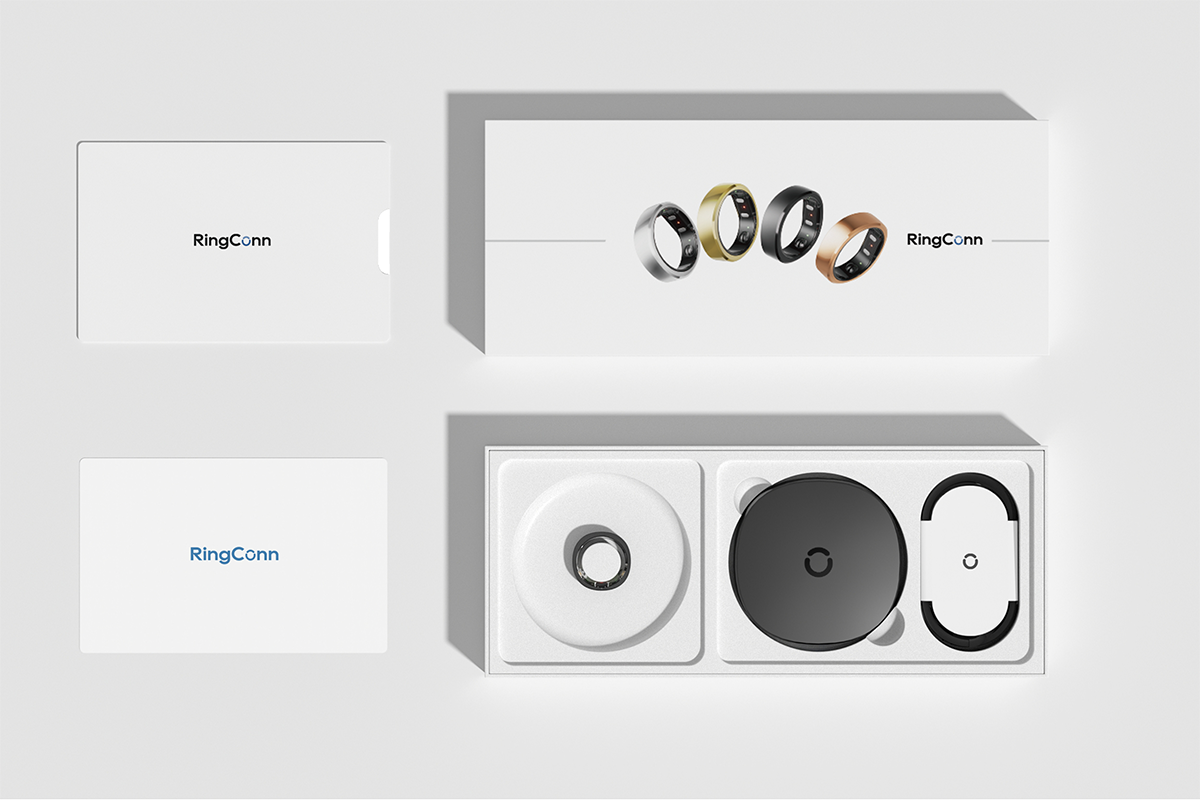Einführung:
Schlafapnoe ist eine schwerwiegende Schlafstörung, von der weltweit über eine Milliarde Menschen betroffen sind. Schlafapnoe ist mehr als nur Schnarchen oder Müdigkeit; sie kann erhebliche langfristige gesundheitliche Folgen haben. Dieser Artikel erklärt, was Schlafapnoe ist, welche Ursachen und Risiken sie hat und wie
*Studien zufolge leiden etwa 936 Millionen Erwachsene im Alter von 30 bis 69 Jahren (Männer und Frauen) an leichter bis schwerer obstruktiver Schlafapnoe (OSA), 425 Millionen davon an mittelschwerer bis schwerer OSA. Die meisten Betroffenen sind in China betroffen, gefolgt von den USA, Brasilien und Indien.
*Daten von:
Benjafield AV, Ayas NT, Eastwood PR, et al. Schätzung der globalen Prävalenz und Belastung durch obstruktive Schlafapnoe: eine literaturbasierte Analyse [J]. The Lancet Respiratory Medicine, 2019, 7(8): 687-698.
Was ist Schlafapnoe?
Schlafapnoe ist eine Schlafstörung, die durch wiederholte Atemaussetzer während des Schlafs gekennzeichnet ist. Diese Atemaussetzer, auch Apnoen genannt, können mehrere Sekunden bis Minuten andauern und treten mehrmals pro Nacht auf. Die Symptome reichen von leicht bis schwer und gehen oft mit Atemwegsobstruktionen oder vermindertem Sauerstoffgehalt einher, was zu Schlafstörungen führt.
*Daten von:
- Amerikanische Akademie für Schlafmedizin (AASM)
- NIH Nationales Herz-, Lungen- und Blutinstitut
3 Arten von Schlafapnoe:
OSA ist die häufigste Form der Schlafapnoe und zeichnet sich durch eine wiederholte vollständige oder teilweise Blockade der oberen Atemwege während des Schlafs aus. Diese Blockaden gehen oft mit einem Abfall des Blutsauerstoffgehalts und Aufwachen einher. Sie entstehen, wenn sich die Halsmuskulatur im Schlaf übermäßig entspannt, wodurch sich die Atemwege verengen oder verschließen. Obwohl das Gehirn versucht, dem Körper das Atmen zu signalisieren, führt der blockierte Luftstrom zu Schlafstörungen und Sauerstoffmangel. OSA-Betroffene schnarchen oft oder wachen keuchend auf.
CSA ist seltener und entsteht, wenn das Gehirn keine korrekten Signale an die Atemmuskulatur sendet. Im Gegensatz zu OSA liegt hier keine Blockade der Atemwege vor, sondern ein vorübergehendes „Vergessen“ des Körpers zu atmen. CSA wird oft mit Herzversagen, Schlaganfall oder der Einnahme bestimmter Medikamente in Verbindung gebracht. Betroffene schnarchen möglicherweise nicht, und die Atemaussetzer sind leiser, aber ebenso gefährlich.
Wie der Name schon sagt, kombiniert gemischte Schlafapnoe Elemente von OSA und CSA. Patienten erleben sowohl die für OSA typischen Atemwegsblockaden als auch die für CSA typischen Atemaussetzer. Diagnose und Behandlung der gemischten Schlafapnoe sind komplexer, da sowohl mechanische Obstruktionen als auch Störungen neuronaler Signale berücksichtigt werden müssen.

Ursachen von Schlafapnoe:
Zu den Ursachen von Schlafapnoe gehören:
- Körperliche Faktoren: Verengte Atemwege, Fettleibigkeit, vergrößerte Mandeln oder geschwächte Kontrolle der Halsmuskulatur.
- Lebensgewohnheiten: Rauchen, übermäßiger Alkoholkonsum und Bewegungsmangel erhöhen das Risiko.
- Andere Faktoren: Alter, Geschlecht, Schwangerschaft und bestimmte Erkrankungen wie Herzinsuffizienz.
Risiken der Schlafapnoe:
Unbehandelte Schlafapnoe kann im Laufe der Zeit zu ernsthaften gesundheitlichen Problemen führen, die sich in kurzfristige, mittelfristige und langfristige Auswirkungen unterteilen lassen:
- Kurzfristige Risiken:
Tagesmüdigkeit, Konzentrationsschwierigkeiten, Stimmungsschwankungen und häufige Kopfschmerzen.
- Mittelfristige Risiken:
Schlafapnoe kann zu chronischem Schlafmangel führen. Dies führt zu verminderter Produktivität, erhöhtem Unfallrisiko (insbesondere Autounfällen durch übermüdetes Fahren), Gewichtszunahme und einem geschwächten Immunsystem. Die Unfähigkeit des Körpers, sich richtig auszuruhen, kann auch Reizbarkeit, Angstzustände und Depressionen verursachen.
- Langfristige Risiken:
Unbehandelt erhöht Schlafapnoe das Risiko für Bluthochdruck, Herzerkrankungen, Schlaganfall, Typ-II-Diabetes und kognitiven Abbau erheblich. Sie kann auch zur Entstehung von Stoffwechselstörungen beitragen, die die Lebensqualität drastisch einschränken und in schweren Fällen sogar zum Tod führen.

Wie RingConn helfen kann:
- 90,7 % Erkennungsgenauigkeit:
Zuverlässige Erkennung möglicher Schlafapnoe-Episoden.
- Nächtliche Überwachung des Blutsauerstoffs:
Durch die kontinuierliche SpO2-Überwachung bleiben Sie über alle Abfälle informiert, die auf Schlafapnoe hinweisen könnten.
- Personalisierte Einblicke des AI Health Coach:
Die
Abschluss:
Schlafapnoe ist eine ernste Erkrankung, muss aber nicht Ihr Leben bestimmen. Wenn Sie die Ursachen und Risiken verstehen und die hochmoderne Gesundheitsüberwachung von
Behalten Sie mit präzisen Gesundheitsdaten die Nase vorn –
Feedback und Support
Weitere Informationen dazu, wie

Weitere Informationen dazu, wie
Revolutionieren Sie mit uns noch heute Gesundheit und Konnektivität mit



Hinterlasse einen Kommentar
Diese Website ist durch hCaptcha geschützt und es gelten die allgemeinen Geschäftsbedingungen und Datenschutzbestimmungen von hCaptcha.